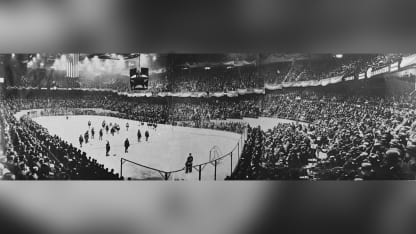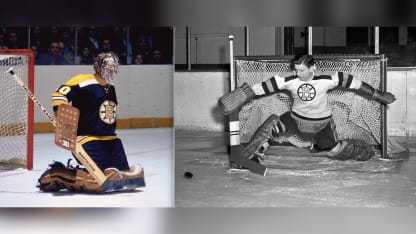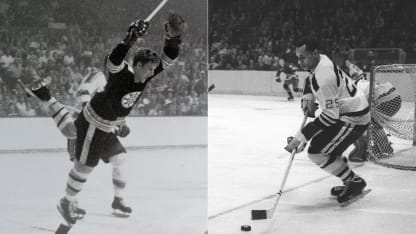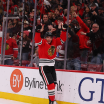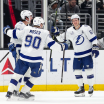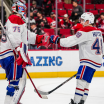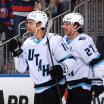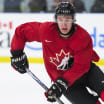BOSTON -- The Boston Bruins were winners in their first NHL game 100 years ago, defeating the visiting Montreal Maroons 2-1 on Dec. 1, 1924.
On Sunday, wearing their black and gold, the Bruins will hope for a similar result when they play their Centennial game at TD Garden against another Montreal team -- the red, white and blue archrival Canadiens – in the 6,898th regular-season game in franchise history (3 p.m. ET, NESN, SN, RDS).
Twenty-four hours before the Bruins' TD Garden celebration of their history, the team's massive bear-shaped Centennial Legacy Monument was unveiled at Portal Park beside the arena, facing Causeway St.
In breezy 40-degree temperatures, the ceremony was attended by Bruins chief executive officer Charlie Jacobs, president Cam Neely, fellow Hall of Fame legends Bobby Orr, Phil Esposito and Ray Bourque, current Bruins captain Brad Marchand, other alumni and various dignitaries, including Massachusetts Governor Maura Healey and Boston Mayor Michelle Wu.
Both the state and city proclaimed Sunday to be Boston Bruins Centennial Day.
"Together, with the community and the values we have held in our hearts for 100 years, the Boston Bruins embark on the next century," an engraving on the statue's base reads. "May our past inspire future generations of hockey heroes and fans to pave the way for new memories. Here, all are welcome to share their love of the game."
On the adjacent side of the base: "Since 1924, the Boston Bruins have been woven into the fabric of our city with the same grit, passion and heart as our hometown. One hundred years of unforgettable moments shared together will be remembered and cherished for centuries to come."
The new monument – six feet tall and 10 feet long, made up of 90 pieces of bronze welded together into a piece that weighs more than 3,500 pounds – is the creation of sculptor Harry Weber, who in 2010 also produced the dramatic statue of Orr that's just a couple of rink-lengths away at North Station. That statue commemorates the legendary defenseman's iconic airborne celebration, having just scored the 1970 Game 4 overtime Stanley Cup-winning goal against the St. Louis Blues.
A century ago, the Bruins briefly an undefeated 1-0 in their NHL lifetime, at least one editor at the Boston Globe wasn't leading the cheers.






